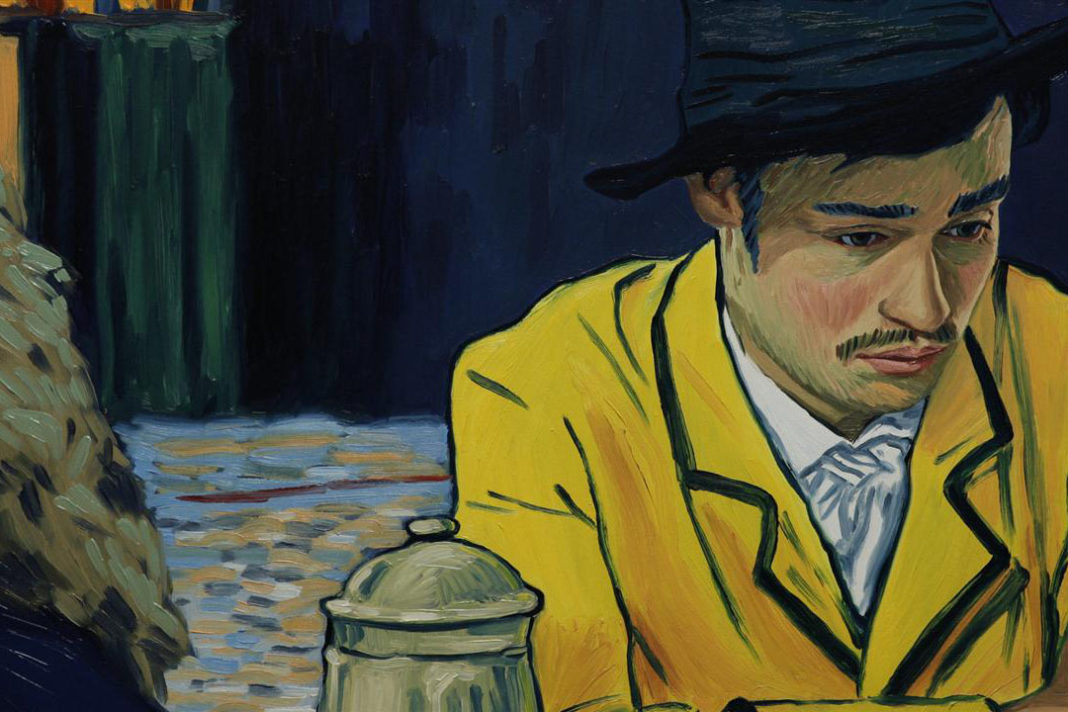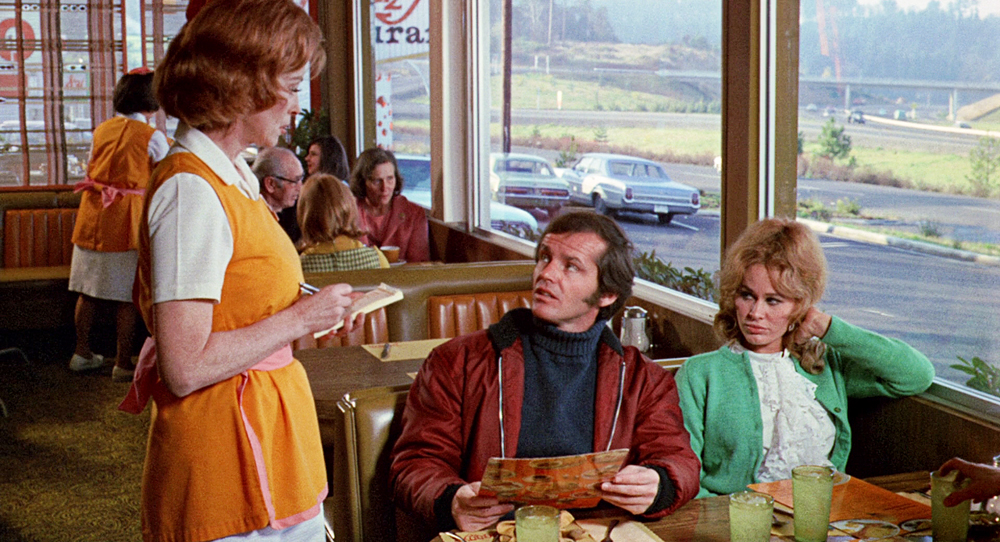The 2017 film Loving Vincent, from directors Dorota Kobiela and Hugh Welchman, is a hand-painted exploration of controversy surrounding Vincent van Gogh’s death.
Hand-painted, you ask? Why, yes! According to Kobiela, “We painted over 65,000 frames on over 1,000 canvases. We shot the film with actors and literally painted over it frame by frame.”
As a painter, I’ve always yearned to get inside some paintings and wander around. Movement is implied and embodied in Impressionism, a style of painting associated with van Gogh, but animating 65,000 paintings takes movement to the next level.
Loving Vincent is an experience similar to taking drugs or playing video games all night: It changes the way the world appears. It provides a possibility for even the most solid objects to become wavy and odd-colored, creating a universe that breathes and emotes like a living organism. In other words, it’s super trippy.
The film takes place after van Gogh’s death in 1890 in France. Van Gogh regularly sent letters and was close with his postman. When the postman received news of van Gogh’s death, he sent his son Armand, whom van Gogh had painted, to deliver a letter to van Gogh’s brother Theo. Upon discovering Theo had also died, Armand’s simple mission became complicated as he encountered many people from van Gogh’s life with different pieces of the story. How did van Gogh really die? Mystery! Suspense! Controversy! Drama! It all takes place on a historically informative stage.
The filmmakers mimicked van Gogh’s painting style with considerable effort, and some of his famous paintings are directly imitated throughout the film. However, this is not consistent as flashbacks are painted more realistically in black and white. I also found it distracting how some facial features, especially eyes, were rendered with too much detail, so they looked more like a programmed filter than van Gogh paintings. When van Gogh painted people’s faces, they were usually just as distorted as everything else in the paintings. Instead of having eyes, people had weirdly shaped blobs. To be fair, viewers might have a hard time relating to the characters in the film if they are too abstract.
In its examination of van Gogh as a person, rather than the two-dimensional art deity we may typically see, Loving Vincent questions myths of the lonesome, maddened artist, and considers the complexity of the person beyond the persona.
Loving Vincent is currently screening at Cinema 21 and Century Clackamas Town Center.






